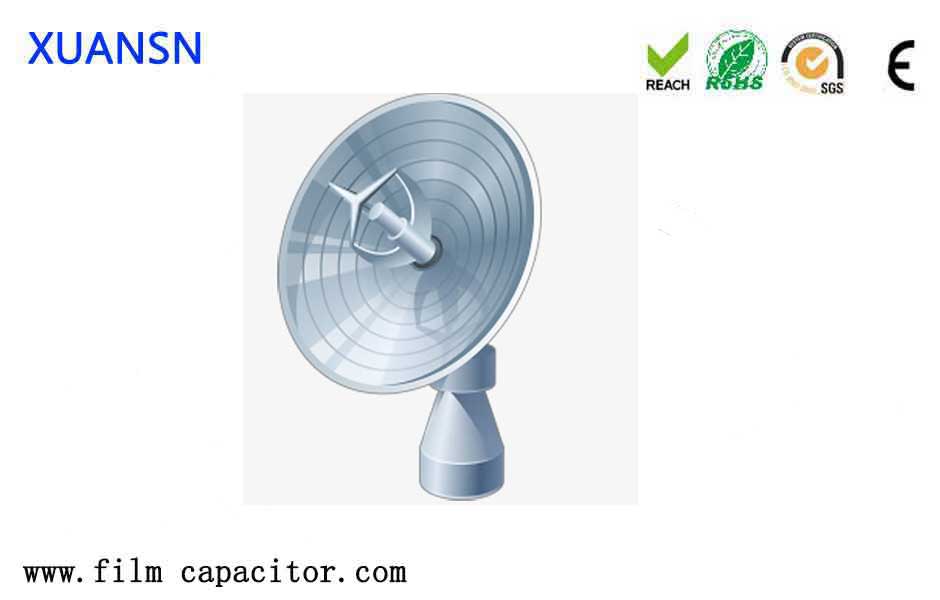Reduce dependence? Foreign companies in China are reluctant to leave
Both the US and Japan are urging domestic companies to reduce their dependence on China. But few companies want to abandon China’s skilled workers and efficient raw material suppliers. Sayeddin, president of the American Chamber of Commerce in South China, said: “As far as I know, there is no (in China) company promoting any relocation plan.” China’s rise as a low-cost factory has helped lower consumer product prices and increased Western corporate profits. Industry experts believe that China is providing an unmatched supply chain for all industries.
Philip Richardson, who has worked in China for 22 years, produces speakers in Panyu, Guangzhou. He inspected Vietnam and other countries. Although the wages in those places may be as low as 60% of China, the cost savings are all offset by the cost of abandoning the Chinese supplier network. “We considered it for about 1 minute and thought it was not cost-effective. . For example, if you purchase magnets, if you produce them in other countries, you have to pay freight and tariffs. In China, as long as we place an order, they will ship.
The epidemic has brought political pressure on some foreign companies in China to shift production. Fitch-rated Saksh Skar said that politically driven changes will drive up costs, and China’s dominance as a global supplier is unlikely to change in the short term. In the past, companies that produced low-margin goods such as shoes and furniture in China have been migrating to Southeast Asia and Africa in recent years. But for high-end shoes, factories in Ethiopia or Southeast Asia can only compete with experienced Chinese workers and flexible Chinese suppliers. Industry insider Robert Gwen said: “All my customers say they must diversify. But after showing them the costs in other countries, 90% of customers would choose the Chinese plan.”
At a time when consumption growth in the West is weak, global companies are increasingly attracted by China’s 1.3 billion consumers. Manufacturers of automobiles and high-value goods now spend billions of dollars to expand production in China. Gite Lin of Omai Enterprise Consulting said: “They are not exporting from China. Many companies now produce locally.” Over the past 10 years, many companies have implemented the “China+1” strategy in Asia and set up factories in Southeast Asia . But as China lifted its anti-epidemic control of enterprises, and other Asian economies stopped working, companies have moved their businesses back to China.
Countries such as the United States talk about incentives to attract companies to return to their home countries. But Gite Lin believes that even if tax cuts or subsidies are implemented, companies will face the cost of setting up factories in new places, training new employees, finding suppliers and customer relationships, and “transferring is not free.”




